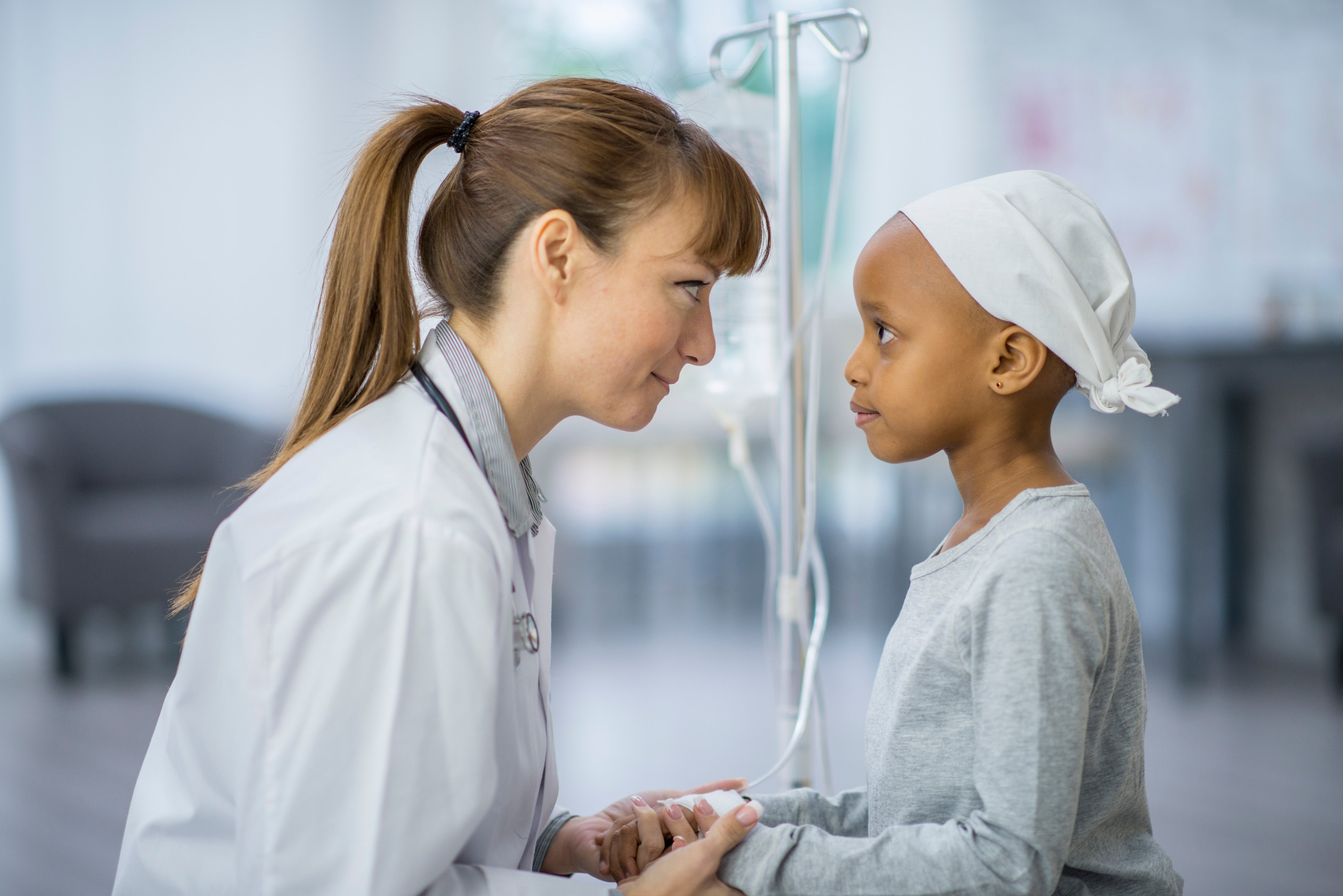After leukemia treatment ends, your child will need to stay in touch with several different health care professionals. It is important that you keep all follow-up appointments, even if your child is healthy and feeling well.
In the first year after treatment, your child will have check-ups at a follow-up clinic once a month. After a year, the visits to the clinic may be less frequent, depending on the treatment.
In addition to clinic visits, it is important to get back in touch with your child’s family doctor or paediatrician for regular childhood physical examinations. Your doctor is responsible for routine immunization, managing common childhood illnesses, and annual physicals. Keep your family doctor informed and up-to-date on your child’s condition. After each follow-up visit with your oncologist, the treatment team will send a letter to your family doctor or paediatrician.
Potential long-term effects of treatment are checked during follow-up clinic visits. If you notice symptoms at home, be sure to mention them to the treatment team, as they may be related to your child’s leukemia treatment. In addition to the leukemia team, your child may need to see other specialists to manage these effects. This may include a cardiologist, endocrinologist, neuropsychologist, or others.
Once your child turns 18, they will be followed by an adult oncology follow-up clinic or their family doctor depending on the type of leukemia and treatment they had.
What happens at follow-up clinic visits?
At clinic visits, the treatment team will check for late effects from their leukemia treatment. They do a physical examination and measure your child’s height and weight to ensure they are growing well. They will also see how the leukemia treatment has impacted on your child’s and family’s life. You should bring up any questions or concerns you might have about your child. Blood work may be needed as well.
Psychosocial adjustment
The visit will also address issues such as family stress, school attendance and performance, sleeping and eating patterns, relationships, and behavioural issues.
Talk about any of your concerns at the clinic. However, if you have any concerns or your child is having symptoms between clinic visits, give the treatment team a call.
Anxiety about follow-up clinic visits
Many patients and parents may become anxious in the days before a clinic visit.
This may be a time when you need to draw on other sources of support, such as other parents who have gone through the experience before. Think about the coping techniques you may have used to get you through your child’s diagnosis or other stages of your child’s treatment.
